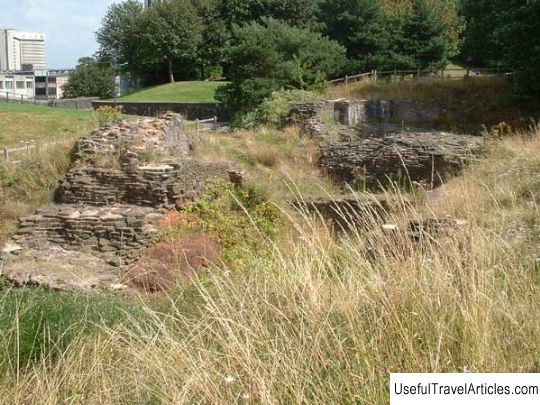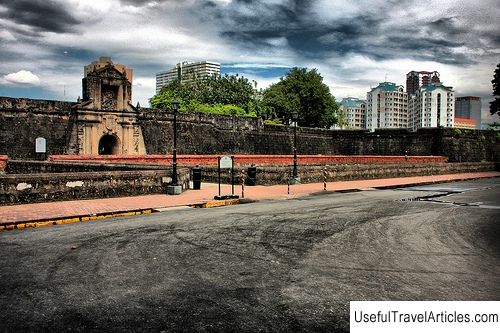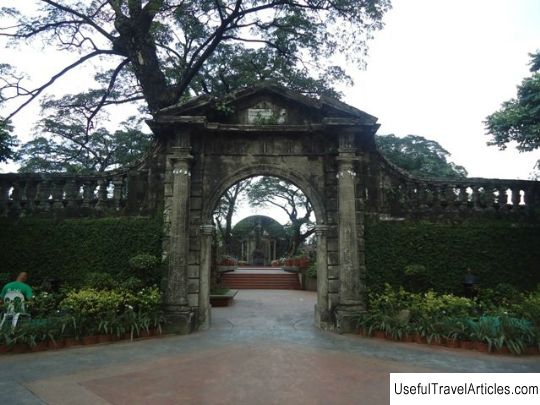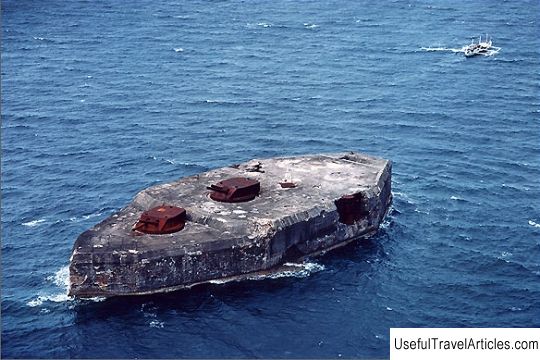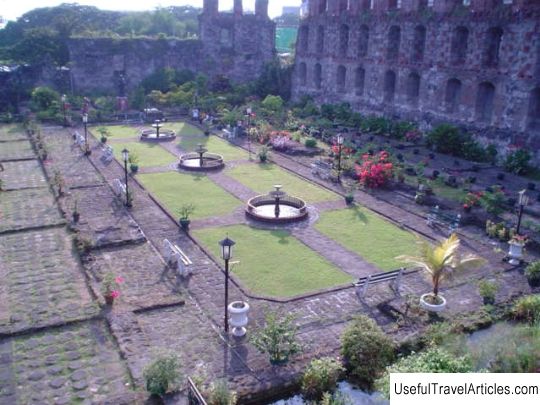Fort Bonifacio description and photos - Philippines: Manila
Rating: 8,0/10 (1232 votes) 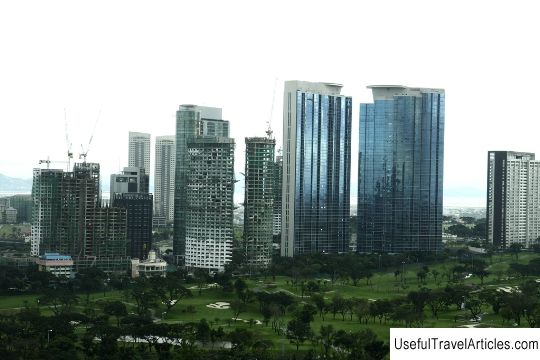
Fort Bonifacio description and photos - Philippines: Manila. Detailed information about the attraction. Description, photographs and a map showing the nearest significant objects. The title in English is Fort Bonifacio. Photo and DescriptionFort Bonifacio, also called the Global City, is a highly urbanized area in Taguig, part of the Manila metropolitan area. The area got its name in honor of the main Philippine military camp - Fort Andres Bonifacio. In recent years, it has experienced a real "economic boom" thanks to the sale of military lands. Today Fort Bonifacio is a rich and developing area with a huge number of skyscrapers. The history of the area began at a time when the control of the Philippines belonged to the Americans, when the US government acquired 25.7 square kilometers. land in the town of Taguig for military use. This area was turned into a military camp, named Fort William McKinley in honor of the 25th President of the United States. After, As the Philippines gained independence in 1946, the United States transferred to the newly formed Philippine Republic all rights to own and manage the entire territory of the country, with the exception of military bases. It was not until 1949 that Fort McKinley was transferred to the Philippine government, and in 1957 it became the permanent headquarters of the Philippine army. Then it was renamed Fort Bonifacio in honor of the revolutionary Andres Bonifacio, who fought with the Spaniards. Today, the area of Fort Bonifacio is home to many high-end residential complexes such as Essen, Serenda, Pacific Plaza Towers, Bonifacio Ridges, as well as office buildings. Most of the trendy restaurants, bars, clubs and boutiques are located in the center of the area, as are large shopping centers like Market! Market! " and City Taguig. Furthermore, many international corporations acquire land here, and some move their regional and national offices here - for example, Fujitsu, Hewlett-Packard, TetraPack, etc. In 2009, the 16-storey St. Luke Medical Center was opened, which has become one of the most technologically advanced hospitals throughout the country. A large stadium and a convention center are under construction, which will include a hotel, an office building, a shopping center and a food court. In the northern part of Fort Bonifacio, the construction of the 250-meter Federal Land Tower, which will be one of the tallest in the Philippines, is underway. To the south of Fort Bonifacio is the small village of McKinley Hill - on 50 hectares of land, there are residential, office and commercial buildings focused on an international clientele. The British Embassy and the Embassy of the Republic of Korea were among the first to appear here. The Fort Bonifacio area and its surroundings will be of interest not only to business circles, but also to tourists - there is something to see. For example, in 2001, the Heritage Park was opened, covering an area of 76 hectares. 33,520 Filipino soldiers who died during World War II are buried at Heroes' Cemetery. The remains of the presidents of the Philippines, national heroes and other honorary citizens are also buried here. The cemetery contains Memorials to those killed in the Vietnam War and the Korean War. The area is also home to the American Cemetery and the American War Memorial - more than 17,000 American soldiers killed in the Philippines and New Guinea in World War II are buried here.         We also recommend reading Agios Georgios description and photos - Greece: Naxos Island Topic: Fort Bonifacio description and photos - Philippines: Manila. |
